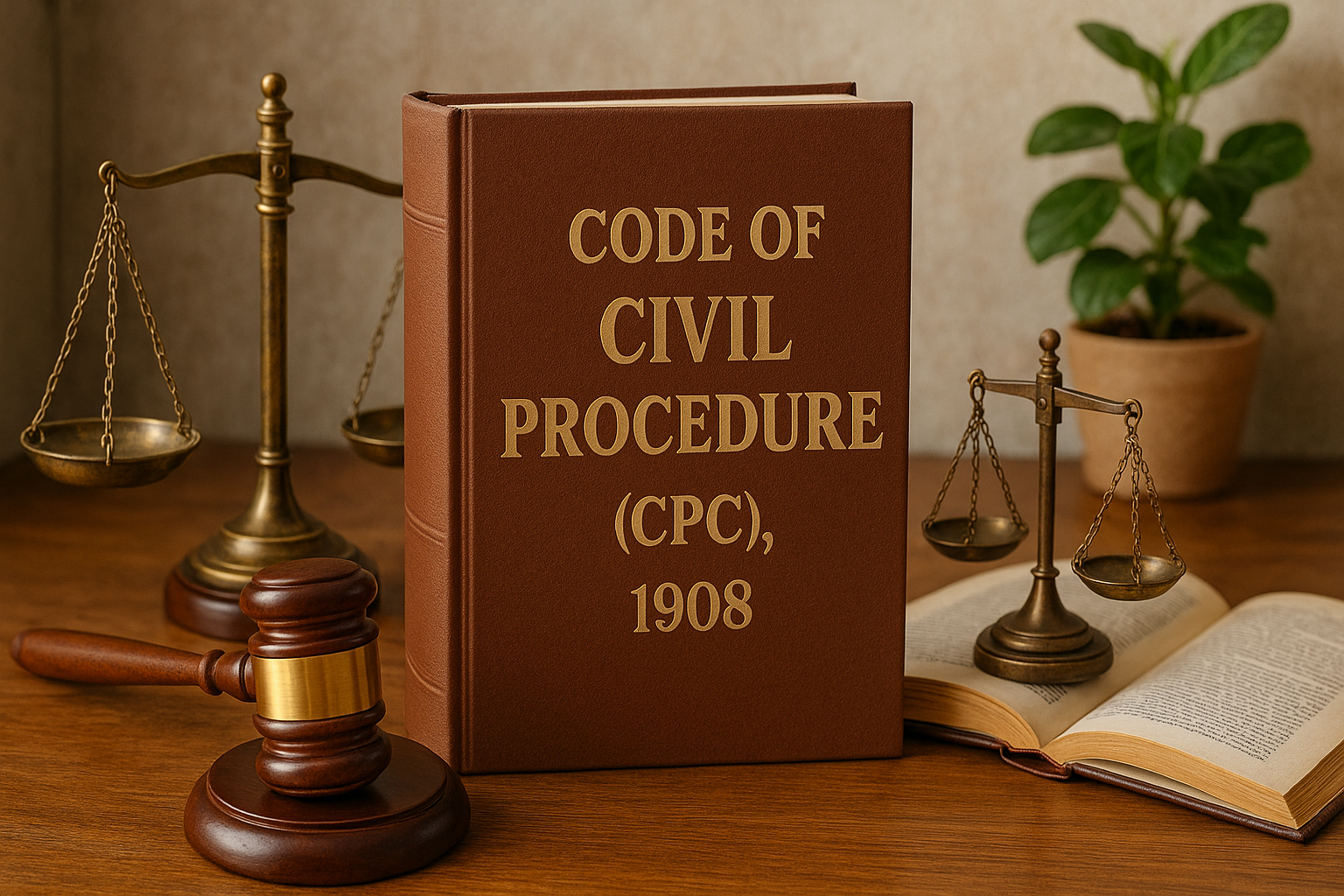Meaning of Summary Suit
A summary suit is a special type of civil suit where the court delivers a quick judgment without recording a full trial, provided the defendant does not raise a credible defense.
The procedure is meant for cases where the plaintiff has a clear and undisputed claim, typically based on written contracts, bills of exchange, or promissory notes.
Governed by Order XXXVII of the Code of Civil Procedure, 1908.
Objective of Summary Procedure
-
To ensure speedy disposal of cases involving liquidated debts
-
To prevent defendants from delaying proceedings unnecessarily
-
To provide a streamlined remedy for certain types of commercial claims
Scope and Applicability
Summary suits can be filed in respect of:
-
Bills of exchange
-
Promissory notes
-
Written contracts
-
Enforceable guarantees
Only High Courts, City Civil Courts, Courts of Small Causes, and other notified courts can try summary suits.
Procedure for Filing a Summary Suit
| Step | Description |
|---|---|
| 1. Filing the plaint | Plaintiff files a suit following the format prescribed under Order XXXVII |
| 2. No written statement allowed initially | Defendant cannot file a written statement directly |
| 3. Summons for appearance | Defendant is served a summons to appear within 10 days |
| 4. Leave to defend | Defendant must apply for leave to defend within 10 days |
| 5. If leave is refused | Court may pass judgment immediately in favour of the plaintiff |
| 6. If leave is granted | The case proceeds as an ordinary civil suit |
Leave to Defend – A Critical Stage
When can the defendant get leave to defend?
The court grants leave to defend if the defendant:
-
Discloses substantial defense
-
Raises triable issues
-
Shows the claim is disputed in good faith
If the defense is frivolous or vague, leave is denied, and judgment is passed directly.
Time Limits in Summary Suits
| Action | Time Limit |
|---|---|
| Defendant to enter appearance | Within 10 days of summons |
| Apply for leave to defend | Within 10 days of appearance |
| Court may extend timelines | Only for sufficient cause |
Judgment and Decree
-
If leave is not granted, the plaintiff gets a decree for the claimed amount.
-
If leave is granted, the suit is treated as a regular suit and proceeds to trial.
Advantages of Summary Suit
-
Quick resolution of clear monetary claims
-
Reduces case backlog in commercial matters
-
Discourages frivolous defenses
-
Helps enforce financial discipline in business transactions
Conclusion
The summary suit mechanism under Order XXXVII CPC is an effective tool for plaintiffs with undisputed written claims. It ensures swift justice where delay tactics are common and promotes commercial efficiency. However, courts also ensure that genuine defenses are not shut out, thereby balancing speed with fairness.

